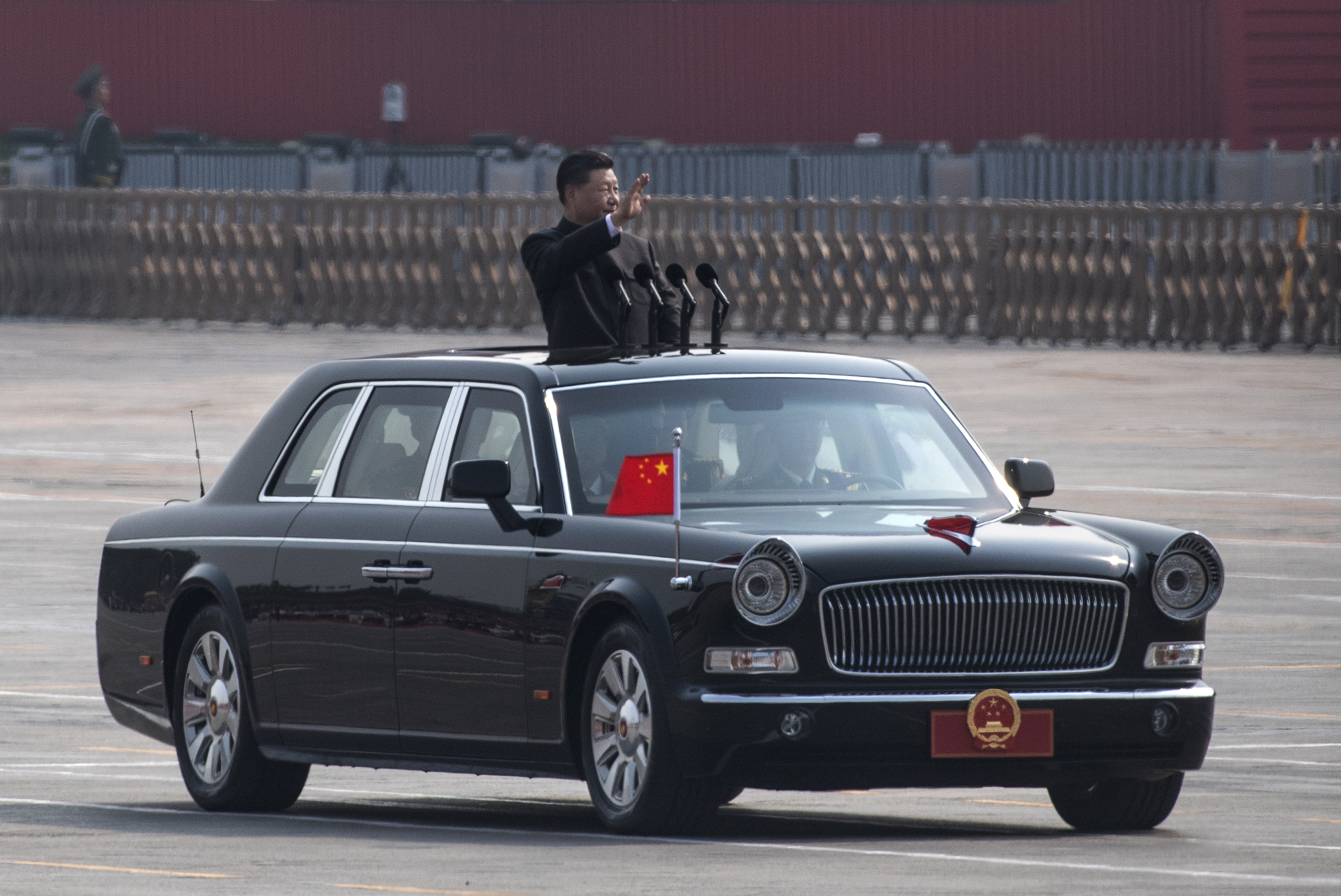This week, a new U.S. government report revealed fresh estimates regarding China’s expanding nuclear arsenal, framing it within the context of competition with the United States.
The report, issued by the Defense Intelligence Agency (DIA), marks the second update since 2018. It also addresses the nuclear developments of other U.S. rivals, including Russia, North Korea, and Iran, although the latter hasn’t successfully created a warhead yet.
Under President Xi Jinping, China has significantly ramped up its nuclear and conventional military capabilities. Back in August, Xi emphasized the importance of transforming the People’s Liberation Army (PLA) into a top-tier military as part of realizing a modern socialist China.
The report states, “China is undergoing the most rapid and ambitious modernization of its nuclear forces in history,” largely fueled by a desire for sustained strategic competition with the U.S. The DIA estimates that China’s operational nuclear warheads have more than doubled since 2018, surpassing 500.

Although China’s arsenal is still a fraction of the stockpiles held by Russia and the U.S., the DIA forecasts that China’s warhead count is set to double again by 2030. This aligns with findings from the Pentagon’s 2023 report on Chinese military strength.
To enhance its nuclear delivery systems, China is working on constructing hundreds of missile silos. The Rocket Force, in charge of the country’s nuclear missiles, is also developing advanced intercontinental ballistic missiles (ICBMs) to complement its extensive missile fleet. As the report details, “This will require increased nuclear warhead production for advanced targeting capabilities and overall growth.”
Further bolstering China’s nuclear force are two Jin-class submarines that entered service in 2020, designed to launch nuclear missiles, and the H-6N bomber, which can be refueled in flight and launched with cruise missiles.
Despite having a non-first-use (NFU) policy regarding nuclear arms for decades, the DIA report implies that Beijing might consider a nuclear option if conventional military actions threaten its nuclear capabilities or pose existential risks, such as a potential defeat in Taiwan, a territory it claims.
China’s improving nuclear capabilities might embolden its military stance, though the report also cautions that this aggressive expansion raises the stakes for miscalculations. “PLA officers may underestimate the risks associated with crisis information management, which could lead to greater acceptance of risks as their nuclear strategies evolve,” the report warns.
Tong Zhao, a senior fellow at the Carnegie Endowment for International Peace, wrote that China’s nuclear advancements are largely propelled by Xi’s views of U.S. strategic hostility, as he perceives that the U.S. aims to contain China’s rise and uphold its hegemony. For Xi, nuclear weapons represent a marker of great power status essential to deterring U.S. aggression.
China has countered U.S. concerns by branding them as hypocritical. “I suggest you focus on the U.S.’s substantial investments in its nuclear triad upgrades and its nuclear-sharing initiatives,” stated a representative from China’s foreign ministry earlier this year.
